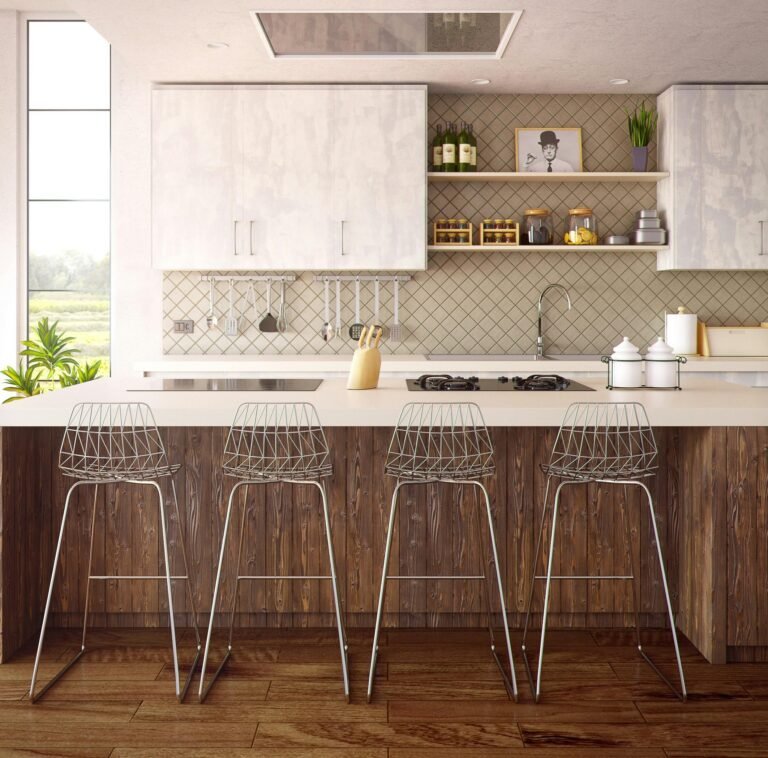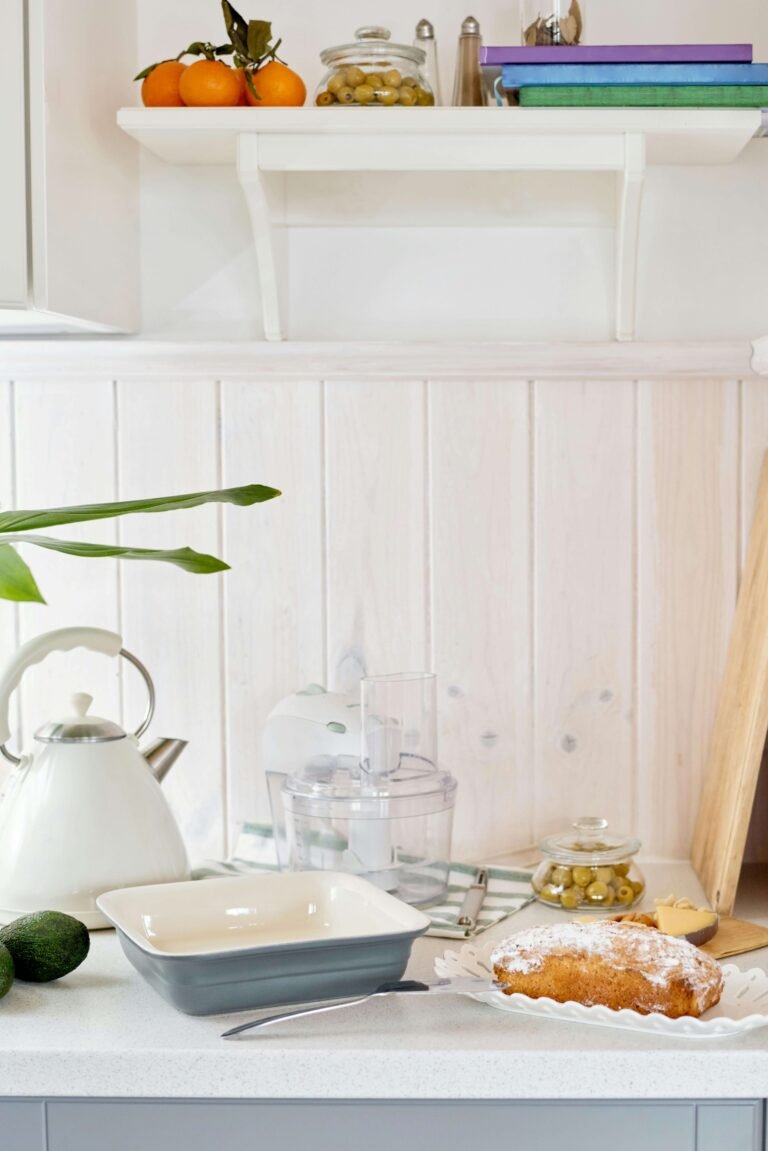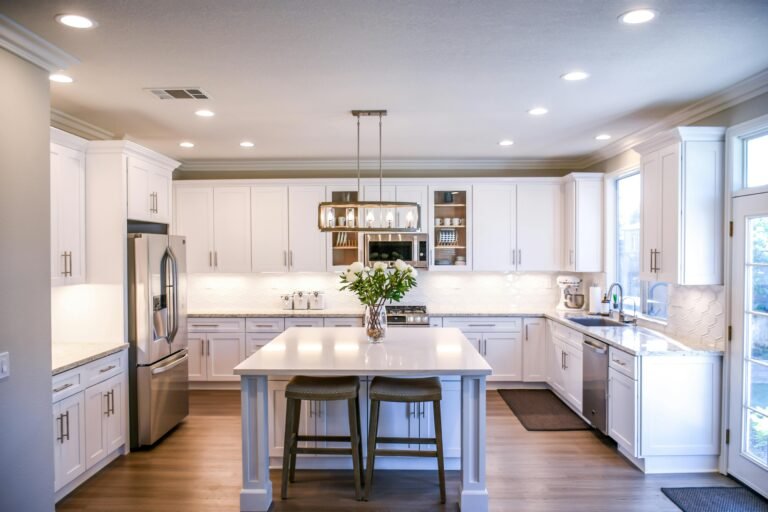Discover how kitchen islands boost style and function in your home with fun and smart design tips.
The kitchen island has grown from a simple counter to a stunning center of modern kitchens. Experts from the National Kitchen and Bath Association say these islands add value and ease to your daily tasks. In this article, we share the island’s journey and show how it serves as a work area and social hub.
The History of Kitchen Islands
From Work Table to Fixed Feature
Early kitchens used large wooden tables for food prep. These tables were movable and not part of the kitchen design.
By the mid-1900s, homeowners and designers fixed the table in place. They added storage and even sinks or cooktops.
The Rise of Open Concept Living
Kitchen islands gained popularity in the 1970s and 1980s. Open concept homes made the island a bridge between cooking spaces and living areas.
The Multifunctional Marvel: Modern Kitchen Island Designs
Prep Space and Beyond
Food preparation remains key. Today, islands serve many functions. They offer storage, seating, and more.
Built-in Appliances
Integrating appliances has changed the island’s role. Islands are now full cooking stations.
- Cooktops: These let you cook while chatting with guests.
- Sinks: They offer a spot for quick food prep and cleaning.
- Dishwashers: These make cleanup easier after meals.
- Refrigerator drawers: They provide quick access to cold items.
Pro tip: Follow the work triangle guideline when you plan your island.
Innovative Storage Solutions
Modern islands use smart storage ideas to keep kitchens neat.
- Deep drawers: They hold large pots and pans.
- Pull-out organizers: They help you reach items easily.
- Open shelving: This style shows off favorite items.
- Hidden storage: It stores small appliances neatly.
From Prep Space to Social Hub
The island is now a favorite place to gather. Family and friends enjoy the open layout.
Seating Options
Adding seating changes the island into a dining and social area.
- Bar stools: A classic choice that fits many styles.
- Built-in benches: They create a cozy feel.
- Extended countertops: An overhang makes seating easy.
Entertainment Features
Many islands now offer fun extras for guests.
- Wine fridges: They suit wine lovers and entertainers.
- Charging stations: They keep your devices powered.
- Sound systems: They add music for a lively atmosphere.
Pro tip: Try a two-tier design to blend work and play.
Design Considerations for the Perfect Kitchen Island
Size and Shape
Your island size depends on your space and needs. Most islands are rectangular. You can also choose unique shapes.
- L-shaped: Great for corners.
- Circular: Helps people talk better in small spaces.
- T-shaped: Merges work and dining areas.
Materials and Aesthetics
Picking the right materials boosts both look and function.
Countertop Materials
- Granite: Strong and heat resistant.
- Quartz: Easy to clean and non-porous.
- Butcher block: Warm but needs more care.
- Stainless steel: Sleek and hygienic.
Cabinet Finishes
- Painted cabinets: They give a modern and clean look.
- Wood finishes: They add warmth and charm.
- Mixed materials: They make the design unique.
Lighting
Good lighting is key for work and mood.
- Pendant lights: They offer style and clear light.
- Recessed lighting: It gives an unobtrusive glow.
- Under-cabinet lighting: It brightens work areas well.
Pro tip: Use dimmable lights to shift from bright work mode to a warm light for evenings.
Pros and Cons of Kitchen Islands
Pros:
- More storage space.
- A larger work surface.
- A nice spot for family and guests.
- Can include built-in appliances.
- Adds value to your home.
Cons:
- Needs enough clearance (at least 36 inches around).
- Can be expensive with high-end materials.
- Might disturb the work triangle if not planned well.
- Permanent design may limit future changes.
- Natural stone needs regular care.
Kitchen Island Trends to Watch
New trends make kitchen islands even more exciting:
- Smart islands: These include touchscreen controls and wireless charging.
- Sustainable materials: Eco-friendly options are on the rise.
- Bold colors: Move beyond plain white for a vibrant feel.
- Waterfall edges: These add a sleek look by letting the countertop flow over the sides.
- Multi-level designs: Different heights suit various uses like prep, dining, and bar space.
Conclusion
The kitchen island has changed from a simple work space to the heart of the home. It now offers work areas, storage, and spots for gathering. A smart design can boost kitchen efficiency and style.
If you are planning a kitchen update, think about how an island can improve your space. It can add function and a social vibe to your home.
Ready to upgrade your kitchen? Visit this page for Counter Stools and more ideas.
As an Amazon Associate I earn from qualifying purchases.
Frequently Asked Questions
How do I choose the right size for my kitchen island?
Measure your kitchen space well. Leave at least 36 inches around the island for easy movement.
Can I include appliances in my island?
Yes. Many homeowners add cooktops, sinks, and even dishwashers to their kitchen islands.
What materials are best for countertops?
Granite and quartz are popular for their durability. Butcher block and stainless steel work well too, depending on your style and care routine.
How can I design an island for social gatherings?
Add seating and consider a two-level design. This way, one level can be for work and one for dining or a bar area.
Last updated on May 19, 2025





